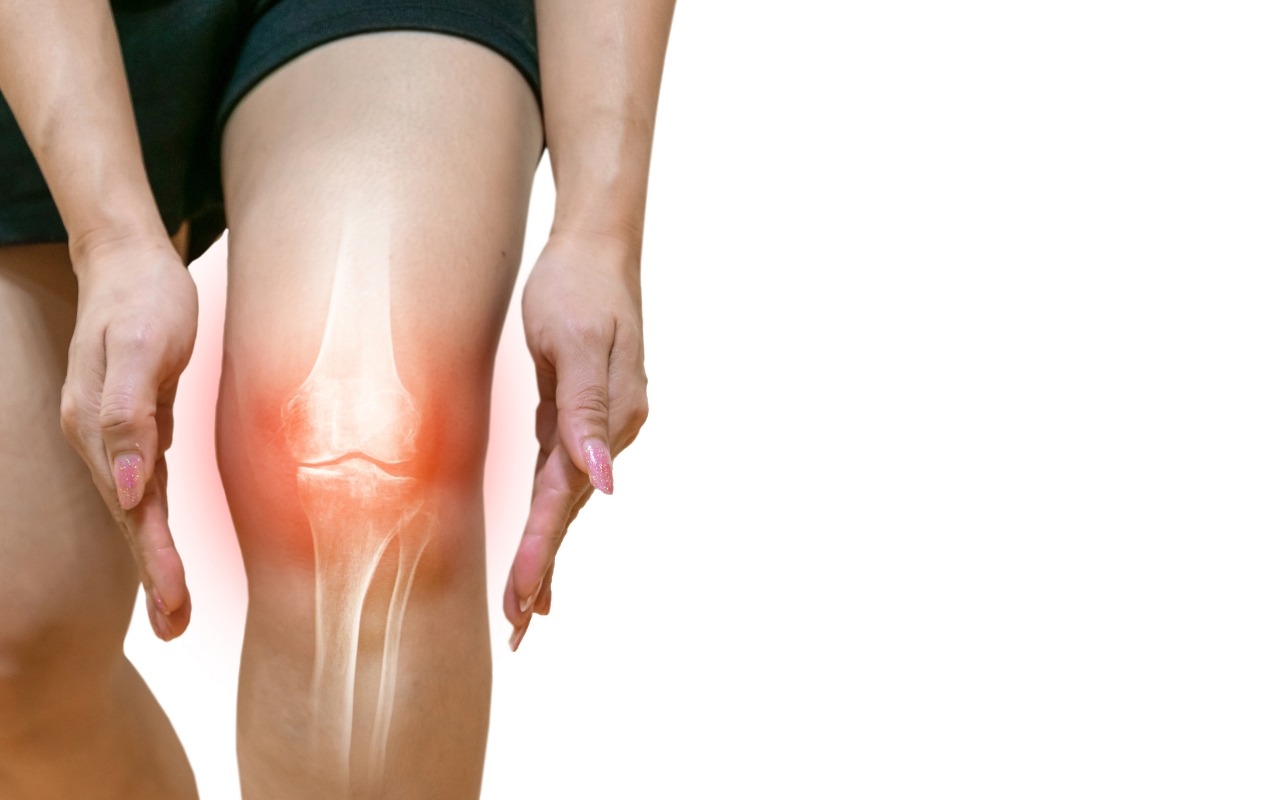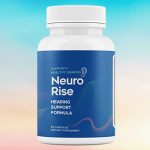Arthritis, a ubiquitous condition affecting millions globally, is characterized by inflammation, pain, and joint stiffness. Despite the chronic nature of arthritis, numerous natural approaches can effectively mitigate discomfort and enhance one's quality of life. This article delves into various strategies that can be instrumental in alleviating arthritis symptoms, ranging from lifestyle modifications to dietary adjustments and topical treatments.
One of the primary recommendations to alleviate arthritis pain is achieving a healthy weight. Excess weight places undue stress on joints, especially weight-bearing ones like the knees, hips, and spine. Shedding even 5-10% of body weight can significantly reduce joint discomfort, making movement more accessible and less painful. Embracing a balanced diet and regular physical activity are crucial steps toward maintaining a healthy weight. The emphasis on sustainable, long-term weight loss over drastic, short-term measures cannot be overstated. A healthy lifestyle involves a pattern of eating and activity that one can adhere to consistently rather than temporary dietary fads that are difficult to sustain.
Regular physical activity is another cornerstone in managing arthritis pain. Joints are designed for movement, and staying active helps to keep them flexible and strong. Individuals experiencing pain and stiffness may find it challenging to exercise, but starting with low-impact activities, such as walking, can make a substantial difference. Gradually increasing the duration and intensity of exercise, incorporating activities like swimming, cycling, or yoga, can help enhance joint flexibility and strength. Yoga, in particular, is beneficial as it combines stretching and strength-building exercises, which can reduce inflammation and improve mobility. Yoga not only increases the range of motion in joints but also strengthens the muscles that support them, distributing the load more evenly and reducing pain.
Dietary adjustments play a pivotal role in managing arthritis symptoms. Incorporating anti-inflammatory foods into one's diet can help combat the underlying inflammation associated with arthritis. Turmeric, a spice commonly found in many households, contains curcumin, a compound with potent anti-inflammatory properties. Adding turmeric to various dishes can be an easy and effective way to harness its benefits. Scientific studies have reinforced the efficacy of turmeric in reducing inflammation and pain in rheumatoid arthritis patients. For those considering turmeric supplements, consulting with a healthcare provider is advisable to ensure appropriate dosage and avoid potential interactions with other medications.
Besides turmeric, an anti-inflammatory diet rich in antioxidants can be highly beneficial. Foods like nuts, olive oil, dark chocolate, beans, fruits, and vegetables can reduce chronic inflammation. Emphasizing long-term eating habits, such as those promoted by Mediterranean and plant-based diets, can protect against inflammation and its associated complications. It's essential to view dietary changes as part of a broader lifestyle adjustment rather than seeking quick fixes through specific “miracle” foods.
Massage therapy is another practical natural approach to alleviate arthritis pain. Regular massages can help loosen tight muscles surrounding the joints, improving flexibility and blood flow. Massage therapy promotes relaxation and can significantly reduce pain and stiffness, enhancing overall well-being. It is advisable to seek massages from trained professionals who understand the nuances of arthritis and can provide tailored treatments.
Hot and cold therapies are simple yet effective methods to manage arthritis pain. Cold therapy, such as applying ice packs to inflamed joints, can help reduce swelling and numb acute pain. On the other hand, heat therapy, including warm showers, baths, or heating pads, can relax muscles and improve blood flow to the affected areas. Alternating between hot and cold treatments can provide comprehensive relief from pain and stiffness. Individuals should be cautious not to overdo these therapies—ice packs should be applied for short durations with breaks in between, and heat sources should not be excessively hot to avoid burns.
Topical treatments, such as creams, gels, and capsaicin patches, can also relieve arthritis pain. Capsaicin, derived from chili peppers, reduces a neurotransmitter called substance P, which transmits pain signals to the brain. Applying these products to painful joints can help alleviate discomfort. However, avoiding the simultaneous use of heating pads with capsaicin products is crucial to prevent burns.
Mind-body practices, such as deep breathing and meditation, can be powerful tools in managing arthritis pain. These techniques help reduce stress and anxiety, which can exacerbate pain symptoms. Deep breathing exercises, focusing on slow abdominal breaths, can promote relaxation and shift attention away from pain. Meditation, which often involves mindfulness and concentrated breathing, can further enhance this effect, making pain more manageable by calming the mind and body.
An often overlooked aspect of managing arthritis is the importance of a supportive and ergonomic living environment. Simple modifications, such as using assistive devices, can make daily tasks more accessible and less painful. Ergonomic chairs, supportive shoes, and tools designed to reduce joint strain can improve comfort and functionality. Additionally, maintaining good posture and practicing joint-protection techniques, like using larger joints to carry loads, can prevent further strain and injury.
While these natural approaches can significantly alleviate arthritis pain, they may not be sufficient for everyone, particularly those with severe symptoms. In such cases, combining natural methods with medical treatments under the guidance of a healthcare provider can offer the best outcomes. In extreme cases, medical interventions might include pain-relief medications, physical therapy, or even surgical options.
Individuals with arthritis need to maintain open communication with their healthcare providers. Discussing all potential treatment options, including natural approaches, ensures a holistic and personalized management plan. This collaborative approach can help identify the most effective strategies tailored to the individual's needs and preferences.
Finally, staying informed and proactive is critical in managing arthritis. The landscape of arthritis research is continually evolving, with new studies shedding light on innovative treatments and strategies. Keeping abreast of the latest developments and being open to different approaches can significantly impact one's journey toward pain relief and improved quality of life. This might involve experimenting with various natural remedies, integrating them into daily routines, and observing how the body responds.
In conclusion, managing arthritis pain requires a multifaceted approach that combines lifestyle modifications, dietary changes, and natural therapies. Achieving and maintaining a healthy weight, staying physically active, following an anti-inflammatory diet, and utilizing hot and cold therapies are fundamental steps toward alleviating arthritis symptoms. Combining these strategies with massage therapy, topical treatments, and mind-body practices can enhance pain relief and joint health. By adopting a holistic and proactive approach, individuals with arthritis can significantly reduce their discomfort and lead more active, fulfilling lives. For more information on arthritis and natural pain relief methods, consider visiting Advanced Spine Care NY and Medical News Today.








